
11-24 #Sleeping : Huawei allegedly to start mass-producing its most advanced AI chip in 1Q25; TSMC is set to mass-produce its cutting-edge 2nm process by 2025; Samsung Electronics unveiled Samsung Gauss2; etc.

AMD and the Lawrence Livermore National Laboratory (LLNL) announced that the AMD-powered El Capitan has taken the top spot on the semi-annual Top500 list as the fastest-known supercomputer on the planet with 1.742 exaflops of performance. El Capitan debuts on the list at the top spot, catapulting over the previous leader, the 1.3 exaflop Frontier. The system has 11,136 nodes packed with 44,544 of AMD’s MI300A APUs, 5.4 petabytes of main memory, and an exceptionally performant ‘Rabbit’ near-node storage subsystem (more on those details below). El Capitan achieved 1.742 quintillion operations per second (exaflops) of performance in the benchmark, equivalent to doing one calculation every second for 54 billion years—but El Capitan does that amount of work every second. That is 45% faster than the second-fastest system on the list. El Capitan boasts a theoretical peak (Rpeak) of 2.746 exaflops of performance. (Tom’s Hardware, LLNL, CN Beta, The Register)

Huawei allegedly plans to start mass-producing its most advanced artificial intelligence chip in 1Q25, even as it struggles to make enough chips due to U.S. restrictions. Huawei has has sent samples of the Ascend 910C, its newest chip, meant to rival those made by Nvidia to some technology firms and started taking orders. The 910C is being made by Semiconductor Manufacturing International Corp (SMIC) on its N+2 process, but a lack of advanced lithography equipment has limited the chip’s yield to around 20%. Advanced chips need yields of more than 70% to be commercially viable. SMIC demands a premium of up to 50% for chips made on its advanced nodes, which are less advanced than those of Taiwanese chip-making giant TSMC, and are made using enhanced ASML DUVs. Huawei has supplemented its SMIC-made chips with ones made by rival TSMC. (Android Headlines, Reuters)
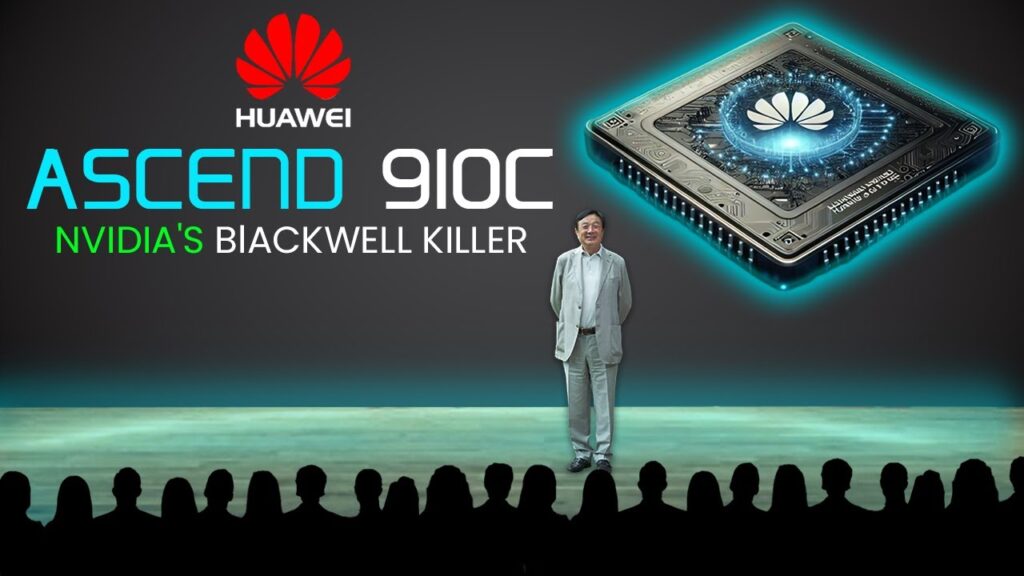
TSMC is set to mass-produce its cutting-edge 2nm process by 2025, as the company is seeing massive interest from companies such as Apple and Nvidia. According to TSMC, major customers completed 2nm IP design and started silicon validation. TSMC also developed low resistance RDL (redistribution layer), super high performance metal-insulator-metal (MiM) capacitors to further boost performance. TSMC N2 technology will be the most advanced technology in the semiconductor industry in both density and energy efficiency, when it is introduced in 2025. It is reported that the standard’s first debut will be on Apple’s M5 for Macs and future iPad models, along with the debut of the next-gen iPhone 18 models. In terms of the PC market, both Intel and Nvidia are expected to adopt the process, with Intel potentially using it for its upcoming “Nova Lake” CPUs, while Nvidia is to employ the technology in AI lineups ahead of the Rubin architecture. (CN Beta, Android Headlines, TSMC, WCCFtech)
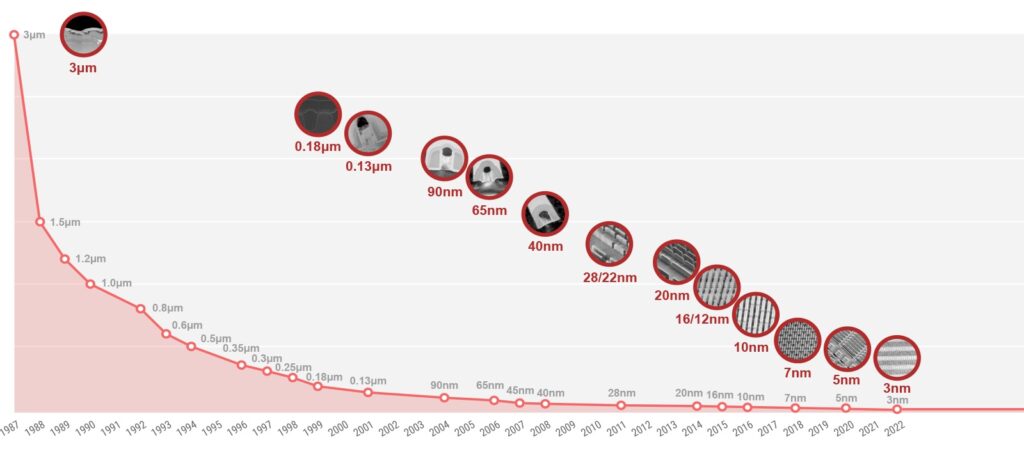
Nvidia CFO Colette Kress said that the 4Q24 revenue is expected to decline sequentially due to supply constraints. The anticipated GPU shortage could potentially stem from a strategic shift in production to prepare for the next-generation RTX 50-series “Blackwell” GPUs, slated for release in 2025. This supply transition, coupled with surging gaming and professional use-case demand, seems to have left the company in a tight spot. Nvidia acknowledged its struggle to maintain stock for both gamers and enterprise customers, emphasizing its ongoing efforts to expand manufacturing capacity. Nvidia remains optimistic about a recovery though, projecting improved supply by early 2025 as production ramps up. Analysts note that the company’s dual strategy, balancing gaming and enterprise segments, has proven profitable but may exacerbate short-term shortages. Additionally, the ramp-up to the RTX 50-series could generate renewed interest among gamers, potentially easing pressure on older product lines. (Digital Trends, Nvidia)
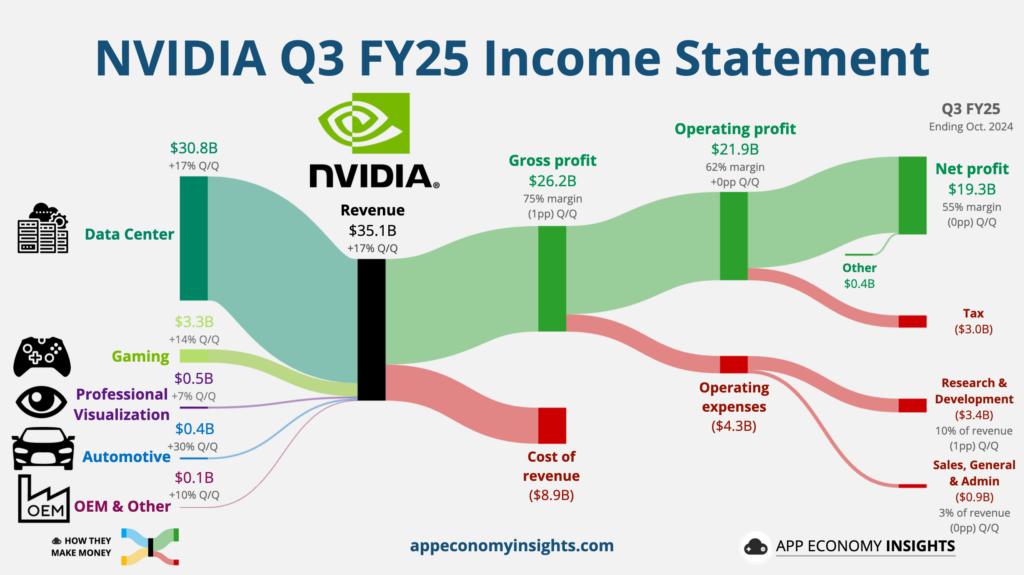
Beijing is set to spend CNY33B (USD4.6B) building a 12” wafer fabrication facility, led by state-owned enterprises and funds, marking another step in China’s efforts to boost domestic semiconductor production Leading firms involved in the new facility include Beijing Yandong Microelectronics (YDME), which is listed on Shanghai’s Star Market, and BOE Technology, China’s top display maker. YDME said on Saturday that it will invest CNY4.99B into Beijing Electronics IC Manufacturing, the subsidiary of state-owned Beijing Electronics Holding that is behind the wafer fab project. The deal will give YDME a controlling position with a 24.95% stake in the project, supported by an acting-in-concert agreement. YDME noted in its filing that China’s integrated circuit (IC) market is expected to reach a domestic production rate of 21.2% by 2026, up from 16.7% in 2021.(CN Beta, EET China, SCMP, Yahoo, TrendForce)
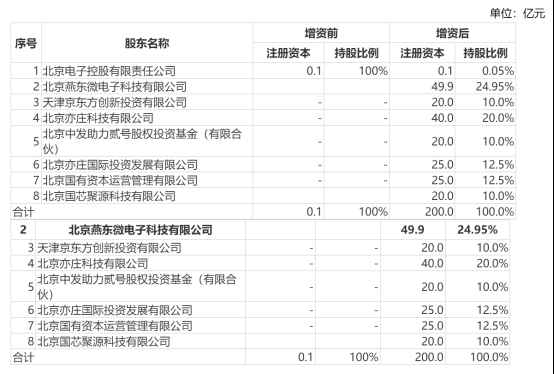
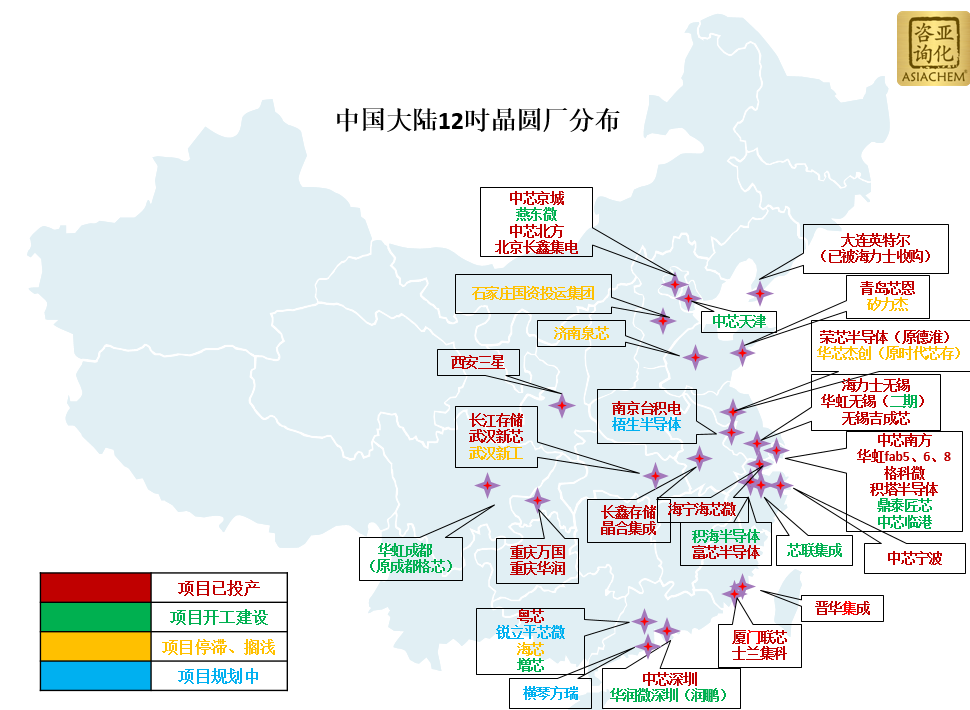

IDC highlights that the foldable market grew by 23.6% during 3Q24. Samsung reclaims the top spot in 3Q24 with a dominant 51% market share. Lenovo, with its Motorola brand, secures second place with a 15.1% market share. Huawei has secured a foothold in the top 3 of the global foldable phone market for 3Q24. The global foldable market is experiencing significant growth, with IDC estimating a 22% increase in 2024, which is 3 times the growth rate of the regular smartphone market. The trend suggests a lucrative 4Q24 for the overseas foldable market. (SammyFans, Twitter, Gizmo China)
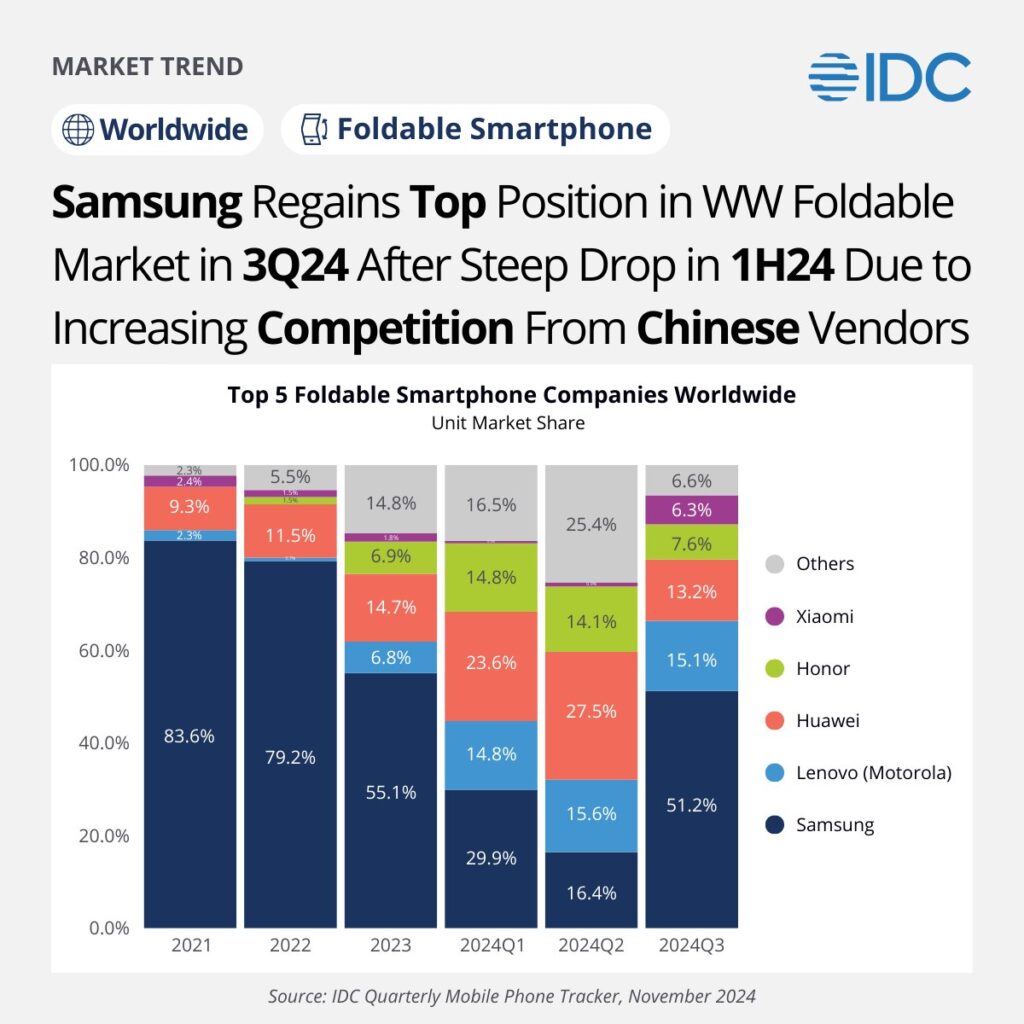

TCL CSOT has announced the official mass production of its Inkjet Printing OLED (IJP OLED) technology. TCL CSOT’’s first mass-produced 21.6″ 4K product has officially entered the mass production phase. In terms of image quality, IJP OLED’s more accurate printing enables a pixel per inch (PPI) that exceeds the Retina Standard, with PPI>300. IJP OLED offers 2x materials efficiency and a 50% reduction in light loss due to internal reflection, resulting in higher light output efficiency compared to traditional OLED displays. This enables IJP OLED to achieve the same power consumption as FMM OLED while offering superior image quality. The IJP OLED technology also boasts a higher aperture ratio and remarkable enhancement in materials lifespan, ensuring a longer-lasting display that maintains its quality over time.(CN Beta, Sina, IT Home, OLED-Info, Yahoo, PR Newswire)
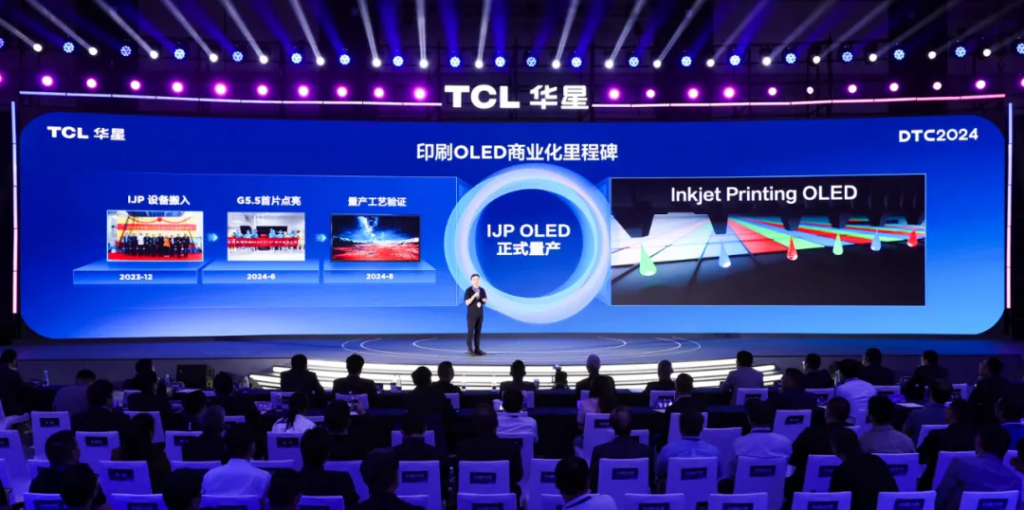
Samsung’s tri-fold smartphone “Fold 7 Variant (Triple)” is allegedly in the pipeline, ready to launch alongside the Samsung Galaxy Z Fold 7 and the Samsung Galaxy Z Flip 7, presumably around Jul 2025. Samsung’s “tri-fold” smartphone will only fold inwards. This is different from Huawei’s approach where one side folds inwards and the other outwards, taking on a “zigzag” form factor. The device could run on the company’s Exynos 2500. (Android Headlines, TechRadar, Naver)
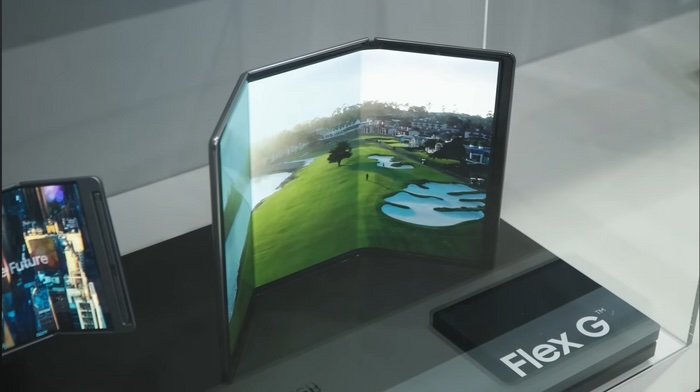
Huawei reportedly has no plans for a 6.3” compact device. Instead, Huawei is gearing up to launch two new series in 2025, featuring larger displays with ultra-narrow bezels. (Gizmo China,163.com, CNMO)

Universities of Glasgow and Birmingham have created glasses that can block out specific wavelengths of light known to cause seizures. Flashing and alternating patterns, such as those in clubs, emergency vehicles, television, movies and video games, can all be triggers if they have just the right mix of brightness, frequency and wavelength. The lenses are designed to block out almost all light with wavelengths between 660nm and 720nm– a region of red light that was implicated in the infamous Pokémon incident in 1997, which triggered seizures in hundreds of viewers. These lenses contain liquid crystals that change their optical properties in response to heat. In this case, the frames of the glasses has a small circuit that heats the lenses up to 36.5 °C (97.7 °F), which causes them to reflect those particular wavelengths of red light. (CN Beta, University of Birmingham, New Atlas)
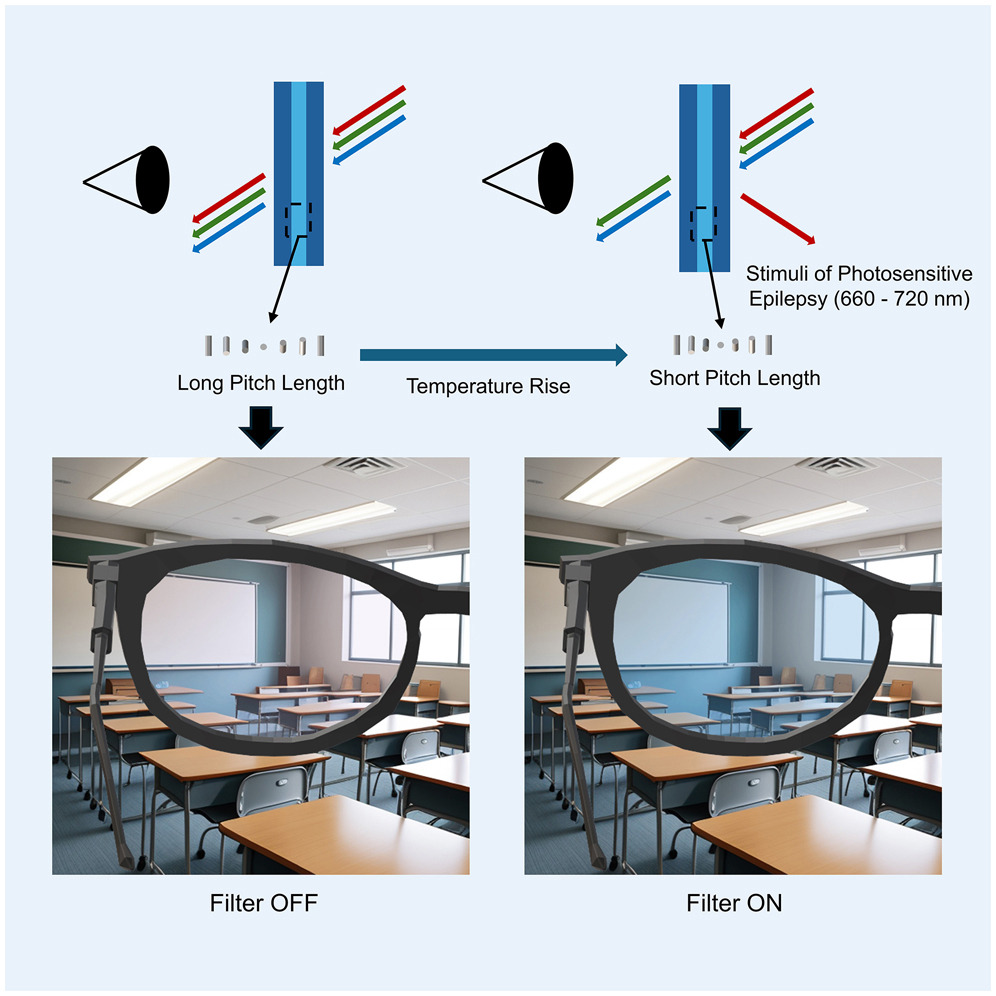

The tetraprism camera system that enables 5x optical zoom will remain exclusive to Apple’s iPhone Pro models in 2025, meaning that it would only be available on the iPhone 17 Pro and iPhone 17 Pro Max. LG Innotech is building a new camera module plant due to the high spec of the iPhone 17 Pro camera. LG Innotech will invest KRW375.9B to secure a new facility for the camera module (Optical Solution Division). In the iPhone 15 Pro Max, iPhone 16 Pro, and iPhone 16 Pro Max, the tetraprism camera system has a “folded” design that allows it to fit inside the smartphones, enabling up to 5x optical zoom and up to 25x digital zoom on those devices. (MacRumors, The Elec, 9to5Mac)


SK hynix announced that it has started mass production of the world’s first triple-level cell-based 321-high 4D NAND Flash with a 1Tb capacity. The company plans to provide the 321-high products to customers starting in 1H25. It offers a 12% enhancement in data transfer speed and a 13% boost in reading performance, while increasing data reading power efficiency by more than 10%. Furthermore, by adopting the same development platform used for the 238-high NAND, SK hynix improved productivity by 59% compared with the previous generation, minimizing the impact of a process switch.(CN Beta, Tom’s Hardware, TrendForce)
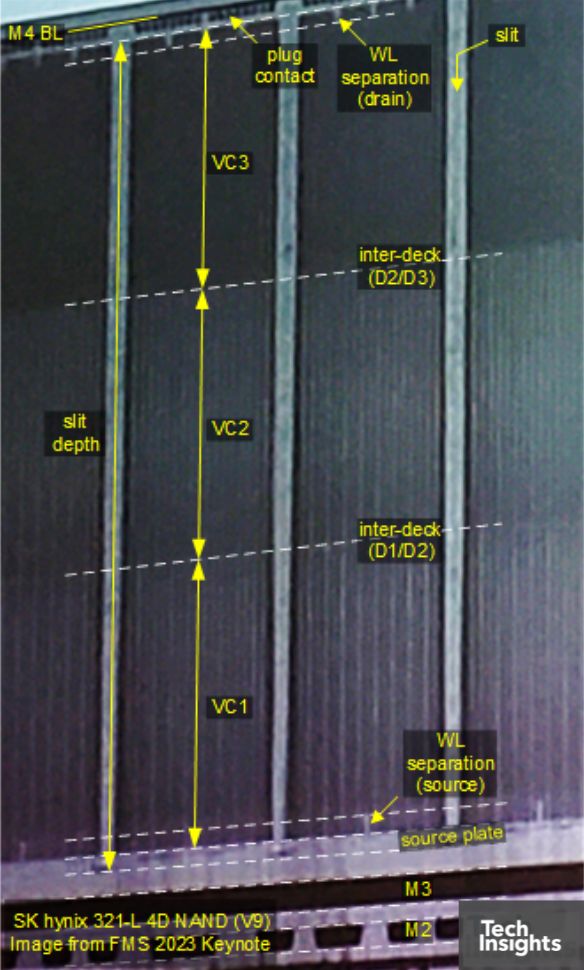
Huawei’s in-house development of Magneto-Electric Disk (MED) archive storage technology combines an SSD with a Huawei-developed tape drive to provide warm (nearline) and cold data storage. Facing potential disk supply disruption due to US technology export restrictions, Huawei is working on its own warm and cold data storage device by combining an SSD, tape cartridge, and drive in a single enclosure. Its storage portfolio could then run from fast (SSD) for hot data and MED for warm and cold data, skipping disk drives entirely. Huawei’s first-generation MED holds 72TB of data and uses only 10% of the power required by traditional disk drives. In a rack setup, MED units can achieve a combined throughput of 8GB/s, offer over 10 PB of storage, and consume under 2kW of power, which makes them a cost-effective and power-efficient choice for data centers. (CN Beta, Tom’s Hardware, Blocks & Files)
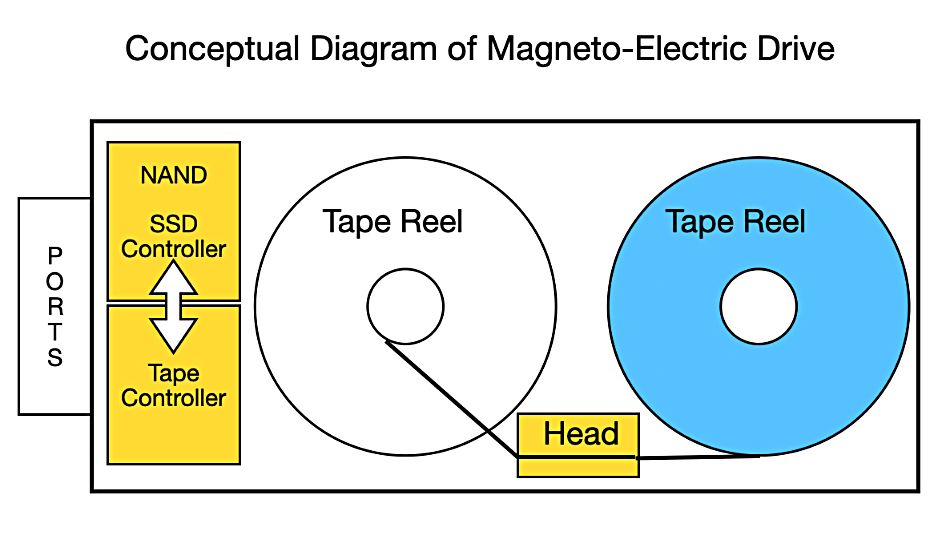

In 2018, Apple acquired the service for USD400M to integrate Shazam into its operating systems and streaming services. Now, Apple is reporting that Shazam has hit a major milestone: 100B song recognitions. (Apple, Neowin)
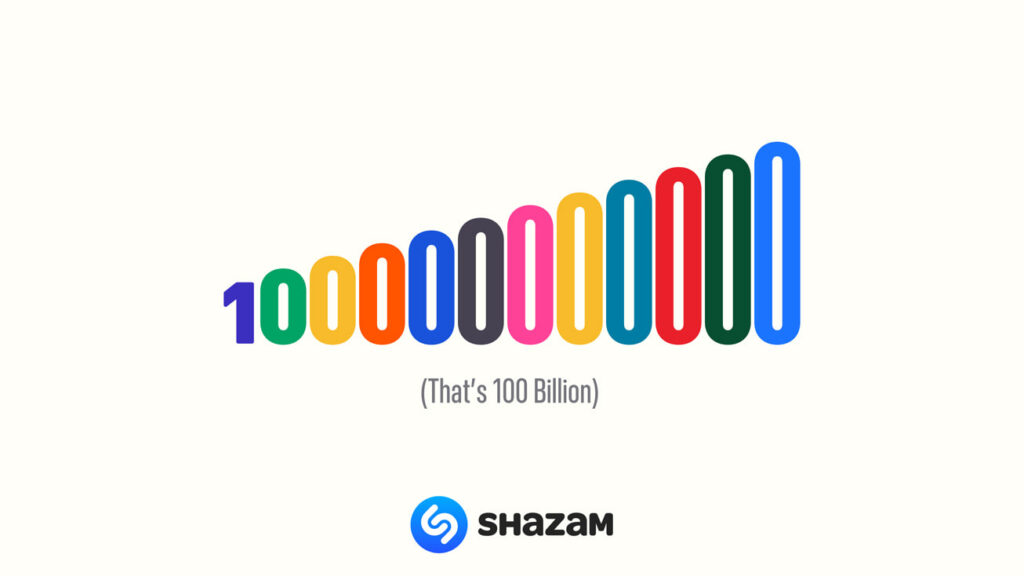
Samsung and other Android devices have supported Rich Communication Services (RCS) for several years. Finally, Apple devices with iOS 18.1 also support the service, which is the cross-platform successor to SMS and MMS. The new standard allows for quick sharing of high-quality photos, easy reactions to other messages and enhanced group chats with a simple click. For RCS messaging to work, Android and iOS users who wish to communicate together must have Google Messages installed and RCS enabled in settings. The “Send photos faster” option can also turn off HQ image quality. Reactions, quotes, and sharing work just like on any other messaging platform – WhatsApp, Facebook Messenger, Instagram Direct, Snapchat, Viber, Telegram, etc. (GSM Arena, Samsung)

ZTE-affiliated phone maker Nubia president Ni Fei claimed that many rivals are launching downgraded phones that are actually “fake flagship products with only flagship chips”. The Nubia executive asserted that the cost of the Snapdragon 8 Elite chip was used as an excuse for these unspecified downgrades. The Nubia executive asserted that the cost of the Snapdragon 8 Elite chip was used as an excuse for these unspecified downgrades. Nubia’s president even suggested that rivals were pursuing profits, “reducing configurations across the board”, and copying designs. (Android Authority, Weibo, Sina)
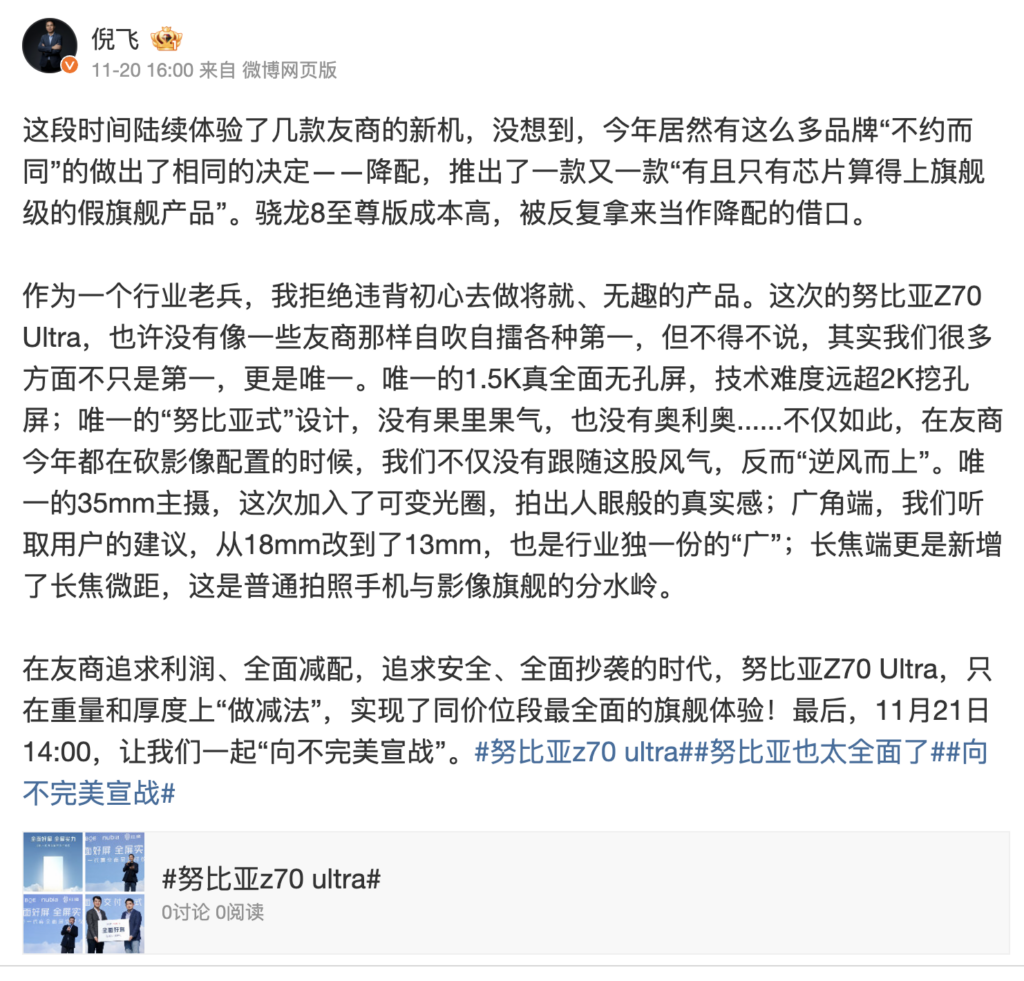
Samsung Electronics has reportedly joined forces with mobile carrier LG Uplus to unveil an AI smartphone embedded with a highly advanced digital assistant as early as 2025. The two companies agreed to embark on a joint AI smartphone project to launch a “real AI phone” that goes beyond simply integrating AI assistant services into a smartphone. In a rare partnership between a smartphone maker and a mobile carrier, the two companies will look for ways to embed LG’s AI capabilities into Samsung’s Galaxy series of smartphones from the phone development stage. Their collaboration will focus on combining LG Uplus’s AI call assistant ixi-O with Samsung’s AI service Galaxy AI. The new AI smartphone, tentatively named Galaxy ixi-O phone, will target LG Uplus users, but such AI services will eventually be available for other mobile carriers. (CN Beta, KED Global, Mobile World Live, SamMobile)
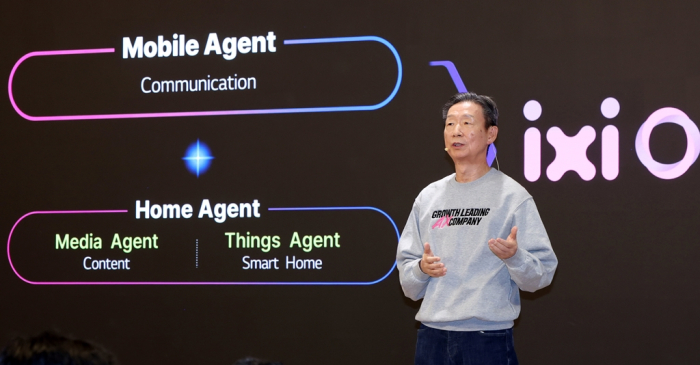

Ford Motor will reduce its workforce by 4,000 in Europe and the U.K. by the end of 2027, citing headwinds from the economy and pressure from increased competition and weaker than expected sales of electric cars. Most of the job cuts would come in Germany and would be carried out in consultation with employee representatives. Of the total, 2,900 jobs would be lost in Germany, 800 in Britain and 300 in other European Union countries. Ford has 28,000 employees in Europe, and 174,000 worldwide. (CN Beta, Financial Times, Yahoo, AP News)


Microsoft has announced a new service called Azure AI Content Understanding. This new AI service can understand and process unstructured data, including documents, images, videos, and audio, and transform it into meaningful insights. To extract information from unstructured data, this new Azure AI service offers prebuilt schemas, which can be further customized to extract the data needed. To further improve the app over time, the service offers confidence scores for minimal human intervention and enables continuous improvement through user feedback. Since Azure AI Content Understanding integrates different modalities into a unified workflow, Microsoft claims that the overall cost for enterprises to develop AI applications will come down significantly. The Azure AI Content Understanding service is now available in preview. (Neowin, Microsoft)

Asian News International, one of India’s largest news agencies, has sued OpenAI in a court in India alleging that the US artificial intelligence company misused its copyrighted news content. ANI also alleged that OpenAI stored the data, which is in breach of intellectual property rights, while using its content and data to train their Large Language Model. The news agency is seeking initial damages of INR20M (USD236,910), its lawyer Sidhant Kumar said. (CN Beta, Medianama, Business Line, Bloomberg)

Samsung Electronics unveiled Samsung Gauss2. It is used in “code.i”, an in-house tool for developers in the Device eXperience (DX) division. Usage of code.i has been growing at a fast pace and now 60% of all developers inside DX are using it. Depending on which model is used, Gauss2 supports 9 to 14 human languages and several programming languages. Samsung says that Balanced and Supreme match or beat other AI models on tasks in English and Korean. Even better, “their processing speed per hour is 1.5 to 3 times faster”, which reduces costs and wait times for services powered by the AI model.(GSM Arena, Samsung)
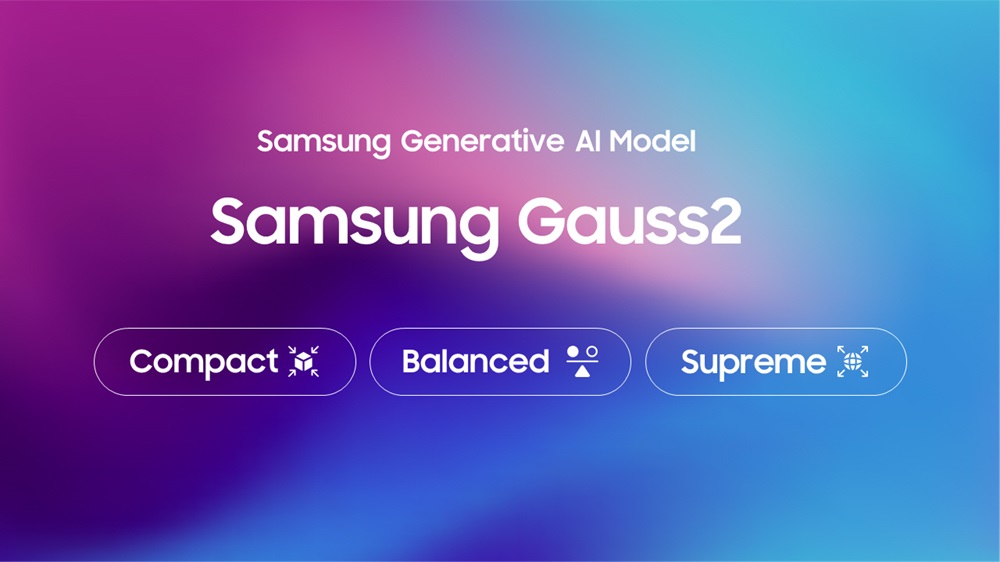
Samsung Galaxy AI is powered by Samsung’s own LLM and Google Gemini. Yet, OpenAI and Samsung are allegedly in talks about having ChatGPT power Galaxy AI. Apple provides ChatGPT as an alternative AI engine within Apple Intelligence on compatible iPhones running iOS 18. While Apple’s own LLM powers many core Apple Intelligence features, users can pass complex queries from Siri to ChatGPT for better and more detailed responses. OpenAI wants to enter into a similar agreement with Samsung for Galaxy AI.(Android Headlines, The Information, Android Police)
